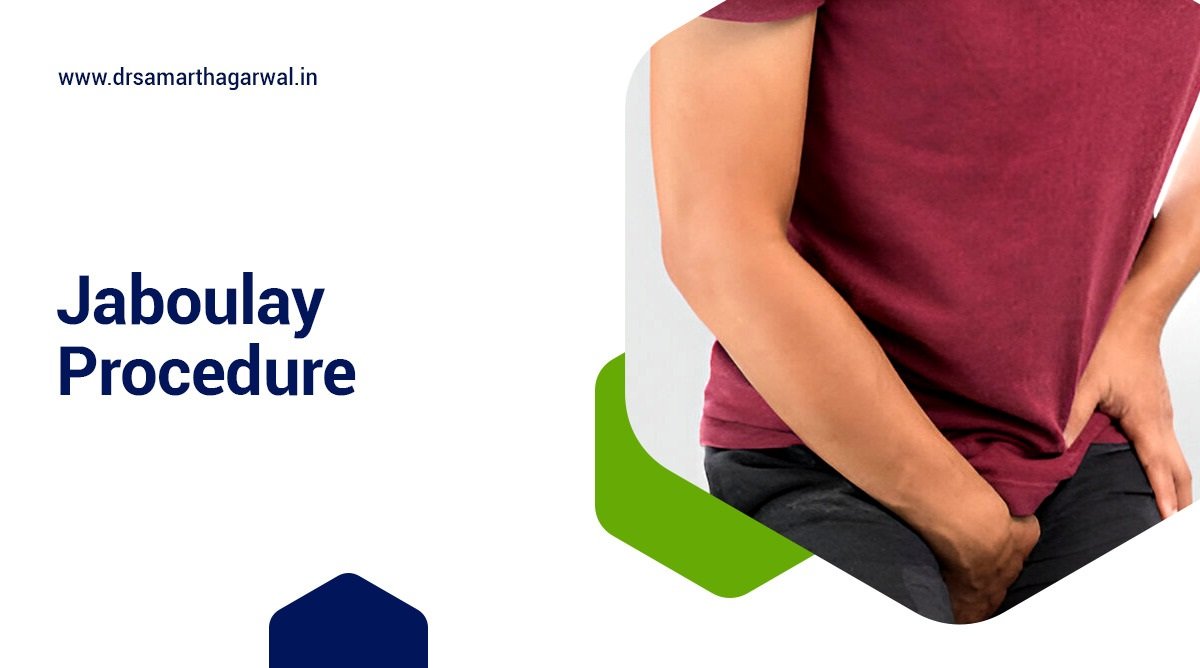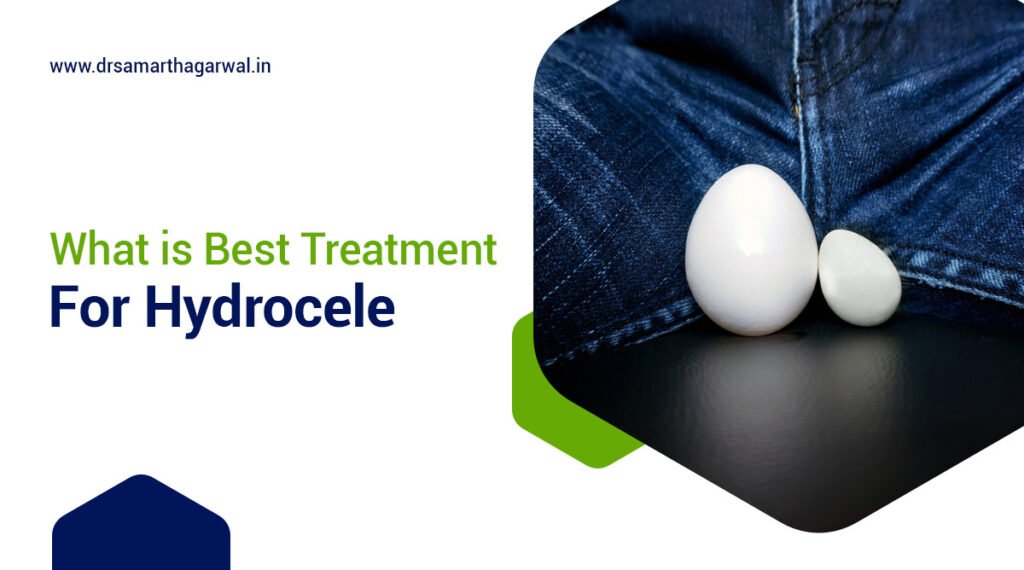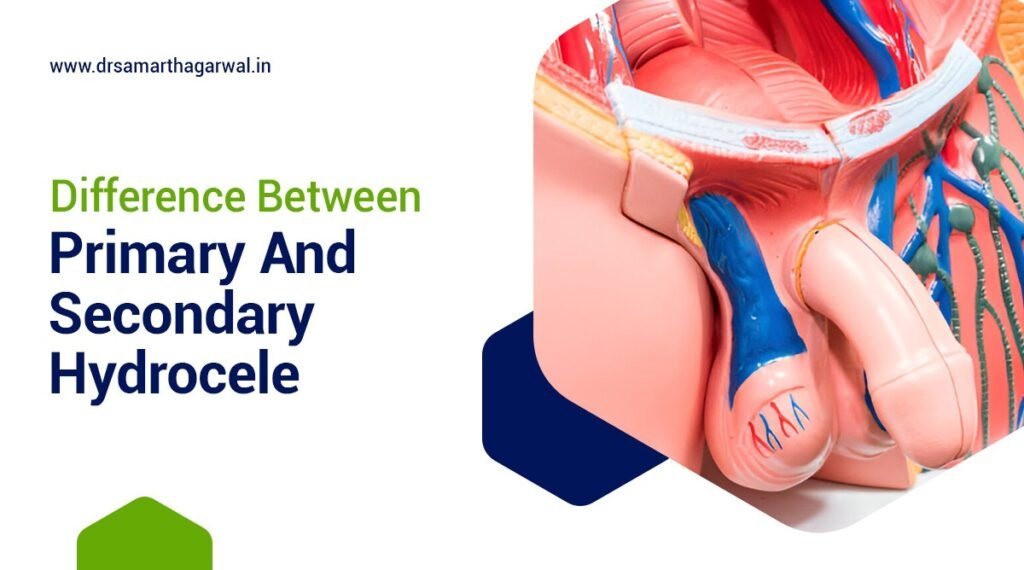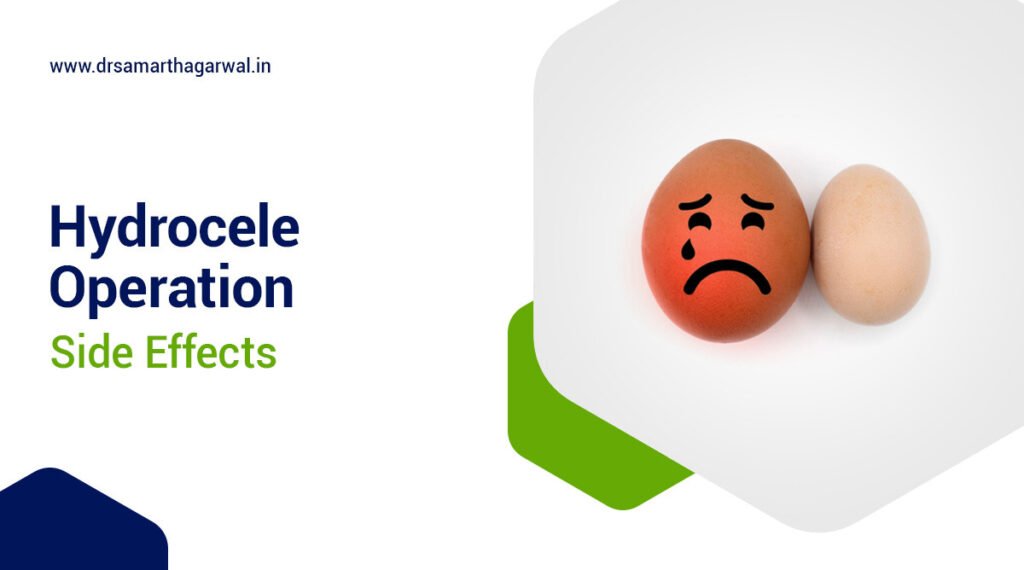The Jaboulay Procedure is a specialized surgical technique designed to address specific medical conditions, particularly those related to the gastrointestinal tract.
Understanding this procedure is essential for patients considering it, as well as for healthcare professionals looking to broaden their surgical expertise.
This guide explores the purpose of the Jaboulay Procedure, the detailed steps involved in its execution, potential risks, recovery expectations, and its overall success rate.
Whether seeking information for yourself or a loved one, this comprehensive guide will provide the knowledge needed about this intricate surgical approach.
What is the Jaboulay Procedure?
The Jaboulay Procedure, a specialized surgical intervention, is primarily utilized for the management of adult hydroceles, which are fluid-filled sacs within the scrotum. This technique, developed to address hydroceles, involves sac excision to prevent recurrence and improve overall patient outcomes. Through this process, surgeons ensure minimal trauma to the surrounding tissues, leading to effective resolution of symptoms associated with hydrocele. The Jaboulay technique has gained recognition for its clinical efficacy in treating large hydroceles and enhancing patient satisfaction post-surgery.
Why is the Jaboulay Procedure Performed?
The Jaboulay Procedure is performed primarily to effectively manage adult hydrocele, which can cause discomfort, swelling, and potential complications such as infections or hernias.
This surgical intervention addresses not only the visible symptoms but also the underlying issues associated with the condition. Hydroceles can lead to significant patient distress, affecting daily activities and overall quality of life. The procedure is particularly indicated in cases where patients experience:
- Persistent discomfort
- Increased size of the hydrocele
- Signs of inflammation
Untreated hydroceles may escalate into complications such as chronic pain and even testicular atrophy. By opting for the Jaboulay Procedure, patients can expect not just relief from these symptoms but also a substantial improvement in satisfaction levels post-surgery. The benefits of this approach significantly outweigh the risks, making it a pivotal choice for effective management.
How is the Jaboulay Procedure Performed?
The Jaboulay Procedure is a meticulously structured surgical approach designed for hydrocelectomy, involving several key steps that ensure effective treatment for adult hydroceles. This technique emphasizes the use of advanced tools such as the LigaSure device and harmonic scalpel, which optimize vessel sealing and minimize blood loss during the operation. Surgeons typically start by making an incision in the scrotum to access the hydrocele sac, followed by sac excision and proper closure to prevent recurrence. The precision of this hydrocelectomy technique significantly enhances patient outcomes and satisfaction.
What is the Surgical Technique for the Jaboulay Procedure?
The surgical technique for the Jaboulay Procedure involves a series of precise maneuvers, focusing on achieving optimal results in hydrocelectomy while minimizing complications, ensuring a thorough understanding of the anatomy is paramount for the surgeon. This meticulous approach not only enhances the efficacy of the procedure but also significantly lowers the risk of postoperative issues that could arise from inadequate excision or improper tissue handling.
During the procedure, the first step is to create an incision, followed by careful dissection to expose the hydrocele sac. The specific surgical steps involve excising the sac completely, with attention given to preserving surrounding structures.
A vessel sealer is then employed, playing a crucial role in achieving effective hemostasis by sealing blood vessels as they are encountered, which minimizes bleeding and enhances visibility.
After the sac excision, the cavity is then closed with precise suturing, which helps reduce recurrence rates significantly. This meticulous closure is vital since any residual sac can lead to the reformation of the hydrocele. The use of the vessel sealer not only streamlines the procedure but also contributes to a smoother recovery for the patient.
- Importance of sac excision
- Utilization of vessel sealer for effective hemostasis
- Reduction of recurrence rates through thorough closure
What are the Pre-operative and Post-operative Instructions for the Jaboulay Procedure?
Pre-operative and post-operative instructions for the Jaboulay Procedure are crucial in ensuring a smooth recovery and minimizing postoperative complications, including edemas, as well as enhancing the overall success of the surgical intervention. Proper adherence to these guidelines not only prepares individuals physically and mentally for the procedure but also significantly influences the healing trajectory following surgery. Patients should be keenly aware of the requirements and recommendations set forth by healthcare professionals.
Before undergoing the procedure, a series of essential preparations need to be taken into account:
- Medical Assessments: Comprehensive evaluations, including blood tests and imaging studies, should be performed to identify any underlying conditions that could affect the surgery.
- Lifestyle Adjustments: Patients are advised to quit smoking, limit alcohol intake, and maintain a balanced diet rich in nutrients to promote healing.
- Medication Review: A thorough discussion regarding the current medications must occur to avoid any potential interactions during surgery.
After the Jaboulay Procedure, following specific post-operative care instructions is vital:
- Wound Care: Keep the surgical site clean and dry to prevent infections. Look out for any signs of complications.
- Pain Management: Appropriate pain relief should be administered as prescribed to keep discomfort in check.
- Monitoring Recovery: Regular follow-ups with the healthcare provider are essential to evaluate the healing process and address any complications swiftly.
By following these recommendations, patients can greatly enhance their recovery experience and satisfaction with the surgical outcomes.
What are the Risks and Complications of the Jaboulay Procedure?
While the Jaboulay Procedure aims for clinical efficacy in managing adult hydrocele, it is essential to consider the potential risks and complications that may arise during or after surgery.
In particular, complications such as infections, hematomas, and recurrence of hydrocele can pose significant challenges for both the patient and healthcare providers. The likelihood of these issues can be influenced by various factors, including:
- Age: Older patients may have a higher risk due to decreased healing capacity.
- Pre-existing conditions: Individuals with diabetes or vascular disease might face an increased risk of infection.
- Post-operative care: Poor adherence to aftercare instructions can lead to complications.
A thorough understanding of these risk factors allows for better patient management and tailored post-operative follow-up, ultimately enhancing the success rate of the procedure.
What is the Recovery Process for the Jaboulay Procedure?
The recovery process for the Jaboulay Procedure plays a critical role in determining patient satisfaction and overall surgical success, often featuring a relatively short hospital stay.
What is the Expected Recovery Time for the Jaboulay Procedure?
The expected recovery time for the Jaboulay Procedure typically ranges from a few days to a couple of weeks, depending on individual patient factors and the presence of any postoperative complications.
Numerous aspects play a crucial role in determining the timeline for recovery. For instance, age significantly influences healing, as younger patients often experience a quicker recovery. The overall health status of the individual, including pre-existing medical conditions, can impact the healing process.
Adherence to post-surgery instructions is another vital factor, as those who follow their doctor’s guidelines meticulously are likely to recover more swiftly.
- Age: Younger patients tend to heal faster.
- Health Status: Pre-existing conditions may impede recovery.
- Post-Surgery Instructions: Following guidelines aids in quicker recovery.
Ultimately, understanding these variables can help set realistic expectations for those undergoing the procedure.
What are the Post-operative Care Instructions for the Jaboulay Procedure?
Post-operative care instructions following the Jaboulay Procedure are vital for minimizing complications and ensuring a high level of patient satisfaction.
These guidelines not only enable a smoother recovery process but also contribute significantly to reducing the length of hospital stays.
Effective medication management is crucial; patients must adhere to prescribed dosages to alleviate pain and prevent infections. Regular wound care is another essential aspect, including keeping the surgical site clean and dry as instructed.
Additionally,
- Activity restrictions should be followed diligently, as overexertion can lead to unwanted complications.
- It’s also important for patients to monitor their condition and recognize signs of complications, such as increased swelling, redness, or unusual discharge.
By rigorously following these post-operative care instructions, individuals can foster better recovery outcomes and enhance their overall well-being.

Contact Dr. Samarth Agarwal if you have any questions or concerns about your Urinary health!







